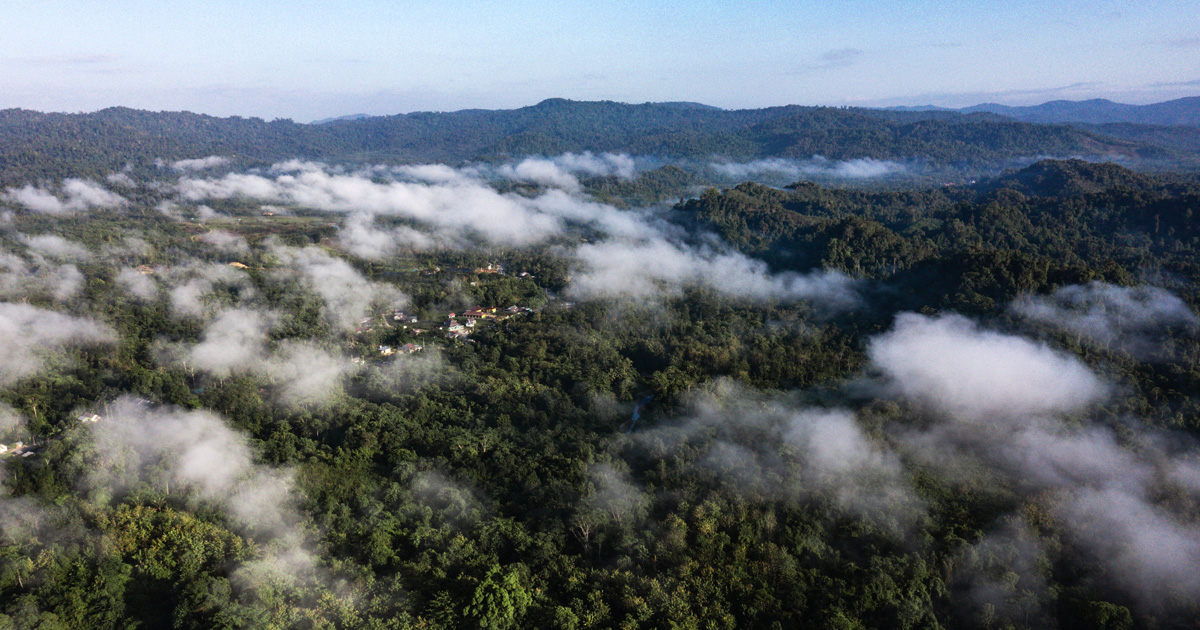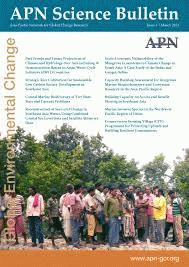The influence of climate change on potato production and the disease Potato Late Blight was assessed using two climatically distinct potato growing regions each in India's West Bengal (Nadia and Hooghly) and Bangladesh (Bogra and Munshiganj). Regional climate projections to the year 2050 were obtained for each location using IPCC climate scenario A1B for West Bengal and Bangladesh. Two regional forecasting models indicated an increasing trend (+0.2 to +0.6°C) for maximum and minimum temperatures by 2050. An increasing trend in rainfall was expected for 2050 but no difference in solar radiation was predicted compared to 1981-2010 data. The impact of climate change on potato production in the study areas in India and Bangladesh showed a yield decline of 23-32% by 2050. To assess the effect of climate change on Potato Late Blight nine published models were tested for accuracy against ten years of West Bengal disease incidence records. The best model was only 25% accurate in predicting Late Blight outbreaks for that time period and therefore an alternative approach was developed by adapting the Jhulsacast model and applying fog-based rules. When climate change projections were incorporated this modified model showed that the onset of Late Blight is likely to be earlier in the growing season for 2031-2040 but severity is likely to be 5-7% less than 1981-2010 records in the intensive potato growing areas of West Bengal. However in northern Bangladesh disease severity is predicted to increase by up to 12% and reduce by 7% in central Bangladesh.






















